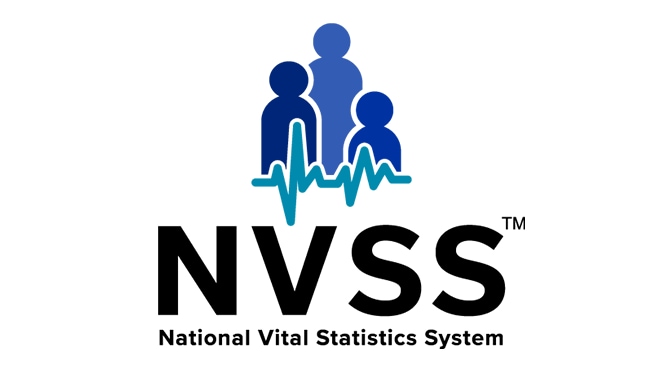At a glance
- The Drug Involved Mortality (DIM) data system provides comprehensive insights on drug-related deaths in the United States.
- The DIM data consists of three linkable datasets: demographics, substance mentions, and decedent-level information.
- Learn more about restricted DIM data available through the Research Data Center.

Overview
The Drug-Involved Mortality (DIM) data enriches National Vital Statistics System Mortality (NVSS-M) data with information on prescription and illicit drugs mentioned on death certificates. It includes deaths of residents of the United States and the District of Columbia.
The DIM contains a list of codes from the Tenth Revision of the International Classification of Diseases (ICD-10.) The DIM can be combined with demographic and geographic characteristics.
Predetermined restricted variables for the 2010–2017 NVSS DIM data files were created by examining the literal text of three fields on the death certificate:
- Part I—Cause of Death
- Part II—Significant Conditions Contributing to Death
- Box 43—A verbatim description of how the injury occurred.
The DIM data system does not support individual examination of “literal text”.1 The actual variables showing free-form text are not included in these files.
Note
Data
For every year of data, there are three linkable SAS datasets:
1. Demographics file with a single record for every death of a U.S. resident of the 50 United States and the District of Columbia. This file includes demographic, geographic, and cause-of-death variables from the NVSS-M mortality files.
2. Mention-level File with each record pertaining to a substance mention that was identified in death certificate literal text. Typical variables consist of "yes/no" flags. The drugs and substances flagged correspond to a search term list (not available) that was developed in collaboration with staff from the Food and Drug Administration (FDA).
3. Decedent-level file that contains a single record for each decedent with at least one substance mention in death certificate literal text, and that quantifies the number of mentions of involvement of each substance in death. Substances were identified in literal text using search terms. They were classified by level of specificity of information. Examples include specific substances, classes of drugs or substances, and exposures that are not otherwise specified.
The demographic, decedent-level, and mention-level files, are linkable by use of the decedent_ID variable, which is unique within each year.
File versions
There are different versions of the decedent-level and mention-level files. Each version is organized by the date when the literal data were processed to identify substance-involved mortality. Search terms and the words and phrases used to ascertain the context in which the substances were mentioned are enhanced with each new version. The content of the demographics file does not change across data versions.
Use of the most recent version is encouraged for all analyses, including analyses intended to replicate or extend prior analyses. Older versions can be used to replicate previous analyses and to extend those analyses using different data years. Because the most recent version is the most enhanced, use of older versions for de novo analyses is discouraged.
Data documentation
Prospective researchers must request the DIM documentation before submitting an application to the Research Data Center (RDC). In your request include research question, abstract, and DIM files with years. Submit all requests to rdca@cdc.gov
